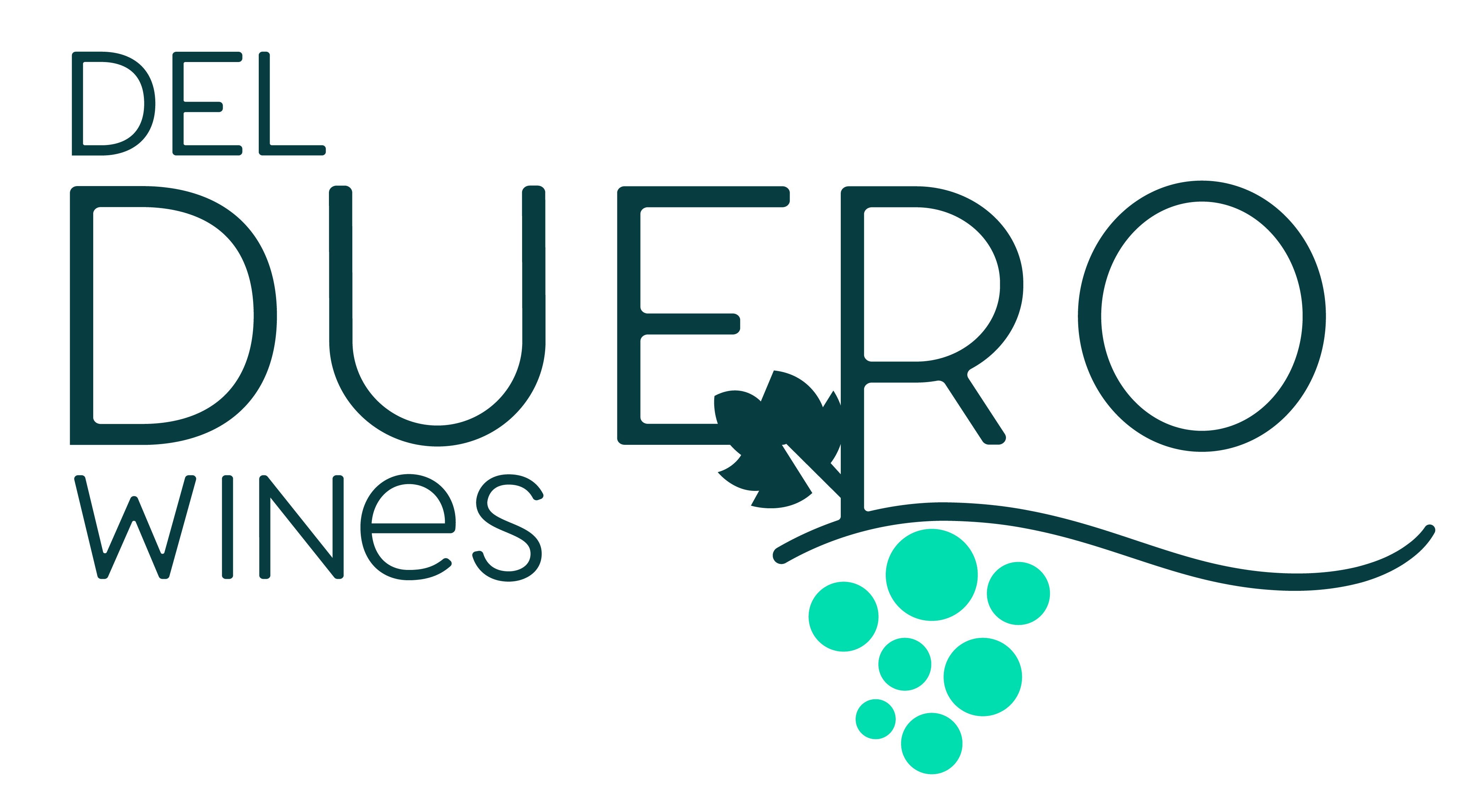Hello fellow wine fans!
As part of our Spanish wine culture series, today we propose talking about a recurring question we've seen online - Spain's aging classification and requirements.
Spain is different. Unlike France, who has a wine classification related to the type and quality of the soil where vines are planted, Spain tends to classify its wines in relation to the time they've been aged. This is a customary practice and, actually, the commonly-used attributes are government-regulated, athough there is some variation among the different "Denominacion de Origen" requirements (Check the official Spanish law HERE).
If you're familiar with Spanish wine, you've likely encountered that winneries tend to use 3 or 4 different attributes next to the name of the bottle: "Joven" (or "Roble"), "Crianza", "Reserva" and "Gran Reserva". Let's look into each of these and decipher what they mean and represent.
- "Joven" ("Roble"): The word "Joven" means "Young" in Spanish - It speaks to itself. "Roble" is often used to indicate that the wine is "Joven" , has been aged in oak barrels ("Roble" means "Oak") but doesn't meet the aging requirements to be considered a "Crianza", which is the first attribute with a regulated number of required months. These wines are typically ready to be bottled as soon as alcoholic fermentation ends, pretty similar to world-known "Beaujolais Nouveau", although they tend to be stored a bit longer by consumers.
- "Crianza": This is the first type that has a controlled number of aging months; at least 24, of which 6 months-minimum have to be in oak barrels of 330 liter top capacity (About 87 gallon). Winneries will normally only mention, on the bottle, the number of months that a wine was aged in oak barrels. Consumers assume that a "Crianza" has been aged for the minimum 24-month requirement. In the case of whites and Rosés, the base aging period goes down to 18 months, while the number of months in oak barrels stays at 6
- "Reserva": Again, translating directly from Spanish, "Reserva" means "Reserve". At least 36-month aging of which 1 year has to be in oak barrels of the same max capacity as for "Crianza". There's also a difference between Reds and Whites/Rosés, the latter are only required to age for 24 months, cutting in half the oak barrel aging from 1 year to only 6 months.
- "Gran Reserva": "Great Reserve", in Spanish, is the highest aging level, upping the required time to, at least, 5 years. Oak aging is required for 18 months-minimum and Whites and Rosés get the OK after 48 months, keeping the Oak aging at 6 months, as for "Crianza" and "Reserva".

Are aging months the only difference between categories?
Well.. Yes and no. Talking strictly about the requirements, months are the only mentioned. However, differences emerge as early as the vineyard.
- Vine-age:
- "Joven" wines are normally made with grapes from younger vines, resulting in fruity and low-tannin wines.
- "Crianza", "Reserva" and "Gran Reserva" are from older-vine harvested grapes, with higher-tannin results and more complex flavor profiles.
- Fermentation: We find differences in, both, in length and temperature.
- "Joven" wines are fermented at lower temperature and shorter periods of time, which favors fruity, aromatic and easily-drinkable wines.
- "Crianza" and beyond wines are fermented at higher temperature and longer periods of time, which causes a more structured and stringent wine. The later oak-aging period will soften the wine (In Spanish, softened wines are often described as "Redondo" or "Redondeado", which is a way of saying that the wine doesn't have strong, pointy or unfcomfortable flavors).
- Storage:
- "Joven" wines are not meant to be stored for long periods of times, as they're already at their optimal point of consumtion when sold (Or very close).
- "Crianza", "Reserva" and "Gran Reserva" are often stored for longer periods of times. The famous Vega Sicilia winnery from Ribera del Duero talks about 40-60 year storage periods in optimal conditions for their "UNICO" vintages with no issues. In some extreme cases, scarcity and opacity of the vintages stored in private cellars have created cult-wines, difficult to obtain and with almost some degree of spirituality around them.
There are more differences (Price is usually one of the clearest one to consumers), but these are technically the most obvious ones. Did we miss any? Please let us know on IG!


